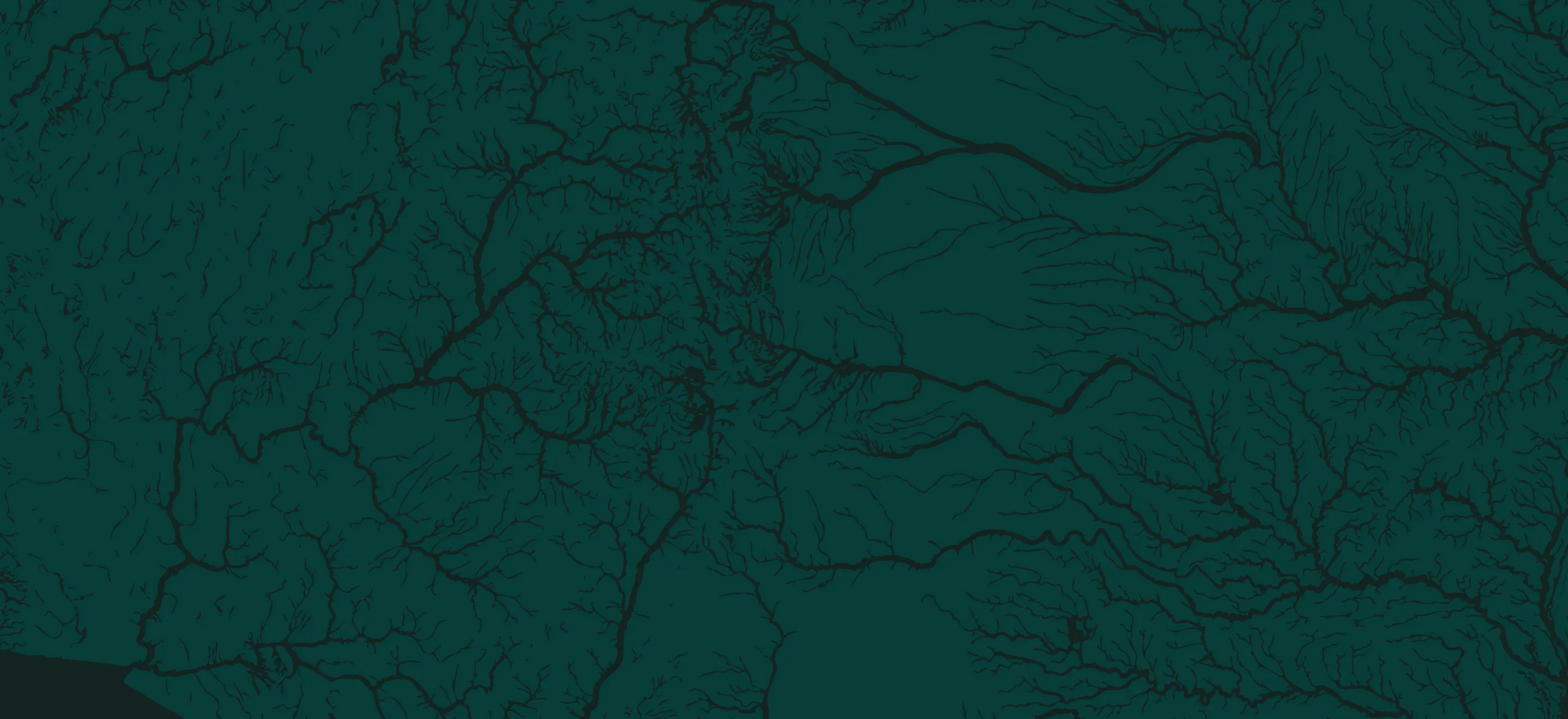The Farm Bill is a vital part of the management of important habitat across the United States. Through a longtime bi-partisan effort, Congress strives to make it easy for landowners to play a role in habitat conservation and restoration. The impacts of the Farm Bill have been in the news a lot the past few weeks. From the TRCP is some great information from their Hunters and Anglers Guide to the Farm Bill.
From the TRCP:
Farm Bill Conservation Programs provide $6 billion in conservation funding annually to improve habitat, access, and soil and water quality on private lands across the U.S. Explore our model farm to learn how each conservation program benefits landowners, wildlife, and sportsmen and women. Click a yellow beacon to get started.
Farm Bill Conservation Programs and How They Help Anglers and Hunters from the TRCP
Every five years, Congress drafts a new Farm Bill. It’s a massive piece of legislation that supports agricultural producers and ensures hungry families have food on their table. Tucked inside this critical bill are numerous conservation programs that spur healthier habitat, cleaner water, and more sustainable landscapes and provide a lifeline to fish and wildlife.
70 percent of this nation’s lands, exclusive of Alaska, are in private ownership. Fifty percent of the United States is cropland, pastureland, and rangeland owned and managed by farmers and ranchers and their families. The responsibility for stewardship of this land lies in the hands of about 5 million individuals. This means that the care of 50 percent of the United States is in the hands of less than 2 percent of our citizens.
As a result, a majority of this country’s hunting, fishing, and outdoor recreation opportunities are on private land. It also means a majority of this nation’s land- and water-based solutions to climate change sit in the hands of farmers, ranchers, and other private landowners.
The Farm Bill provides incentives for these property owners to open up access to their land, conserve habitat for fish and wildlife, and work to ensure we have healthy land and water for future generations.
The Farm Bill is the single largest investment in conservation that the federal government makes on a yearly basis. The Congressional Budget Office reports that conservation funding in the Farm Bill totals $6 billion annually. While $6 billion may seem like a ridiculous sum of money, it is far from adequate to meet the needs of our nation’s natural resources, landowners, and taxpayers.









